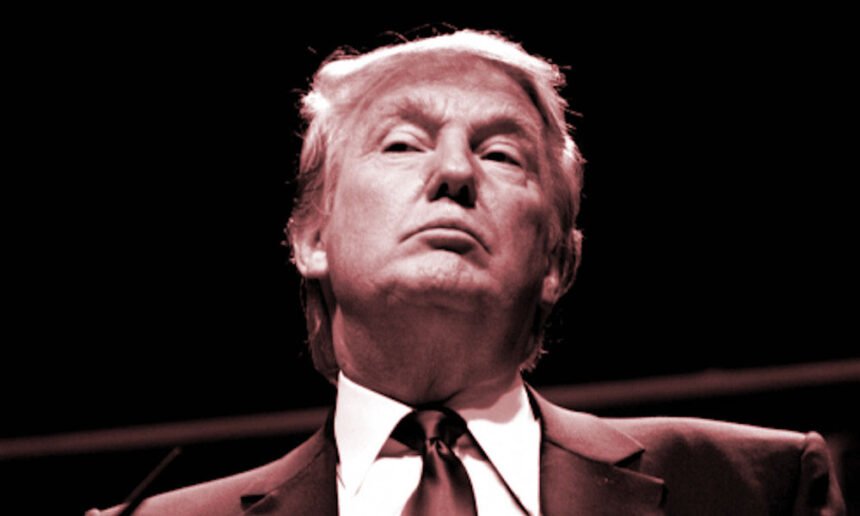Let’s stop pretending this is normal.
Donald Trump isn’t just spinning the truth anymore—he’s ripping it up, tossing it in the shredder, and replacing it with whatever version makes him look good. And if you get in his way, you’re out.
Take what just happened at the Smithsonian. A display board at the National Museum of American History was recently removed. What did it say? It listed Trump’s two impeachments. That’s it—plain historical fact, sitting in front of an exhibit called “Limits of Presidential Power.”
In other words, exactly where it belonged.
But now it’s gone. Vanished during a so-called “content review.” The Smithsonian claims no one from Trump’s administration told them to remove it. Maybe not directly. But The Washington Post reported that the review came right after the White House pressured the institution to remove an art museum director.
So maybe no one said the quiet part out loud. But the message was heard loud and clear.
This isn’t the first time Trump has tried to scrub his record—and it won’t be the last. But this latest move is particularly shameless. You don’t get to erase impeachments just because they make you uncomfortable. They happened. Twice. They’re part of the historical record whether Trump likes it or not.
But Trump isn’t interested in history. He’s interested in loyalty. He wants a version of reality that serves him—and only him.
And if you need proof, look at what he did the same week to the Bureau of Labor Statistics.
On Friday, the agency released grim job numbers—the worst stretch in years outside the pandemic. Hours later, Trump fired the agency’s head, Dr. Erika McEntarfer.
Then, in classic Trump fashion, he said the quiet part loud.
“We fired her because we didn’t believe the numbers today,” he told Newsmax.
Not because she made a mistake. Not because there was evidence of wrongdoing. Just because the data didn’t flatter him.
That’s not leadership. That’s a warning shot.
It tells every agency head, every statistician, every historian, every watchdog: if your work doesn’t serve Trump’s personal narrative, you’re expendable.
And even Republicans are starting to say the quiet part too. Sen. Cynthia Lummis called the firing “kind of impetuous.” Sen. Thom Tillis said, “If they just did it because they didn’t like the numbers, they ought to grow up.” Others, like Rand Paul and Lisa Murkowski, raised serious concerns about whether the public can now trust any data coming from the government.
And here’s the real threat: it’s not just about a museum board or a bad jobs report. It’s about setting the stage for a second Trump term where reality only exists if it pleases him.
This is what authoritarianism looks like in a suit and tie. It doesn’t always show up waving flags or smashing windows. Sometimes, it shows up quietly—by editing exhibits, silencing experts, and firing truth-tellers.
And it’s not new. Trump has spent years doing this:
He called January 6 rioters “hostages” and pardoned them.
He erased government programs that promoted diversity, even ones that just highlighted Black history or women’s achievements.
He attacked free speech, calling peaceful protests “illegal” and threatening critics.
He’s gone after judges who ruled against him, while demanding silence about those he favors.
He fired independent inspectors general—the very people tasked with keeping the government honest.
This is a pattern. It’s not sloppy leadership or tough politics—it’s calculated reality control. And if Trump gets another four years with fewer people willing to push back? The censorship won’t just be shameless. It’ll be total.
So yes, be angry about the museum censorship. Be furious that government data is now a political target. But most of all, be alert.
Because this isn’t just Trump twisting reality.
It’s him daring the rest of us not to notice.



















